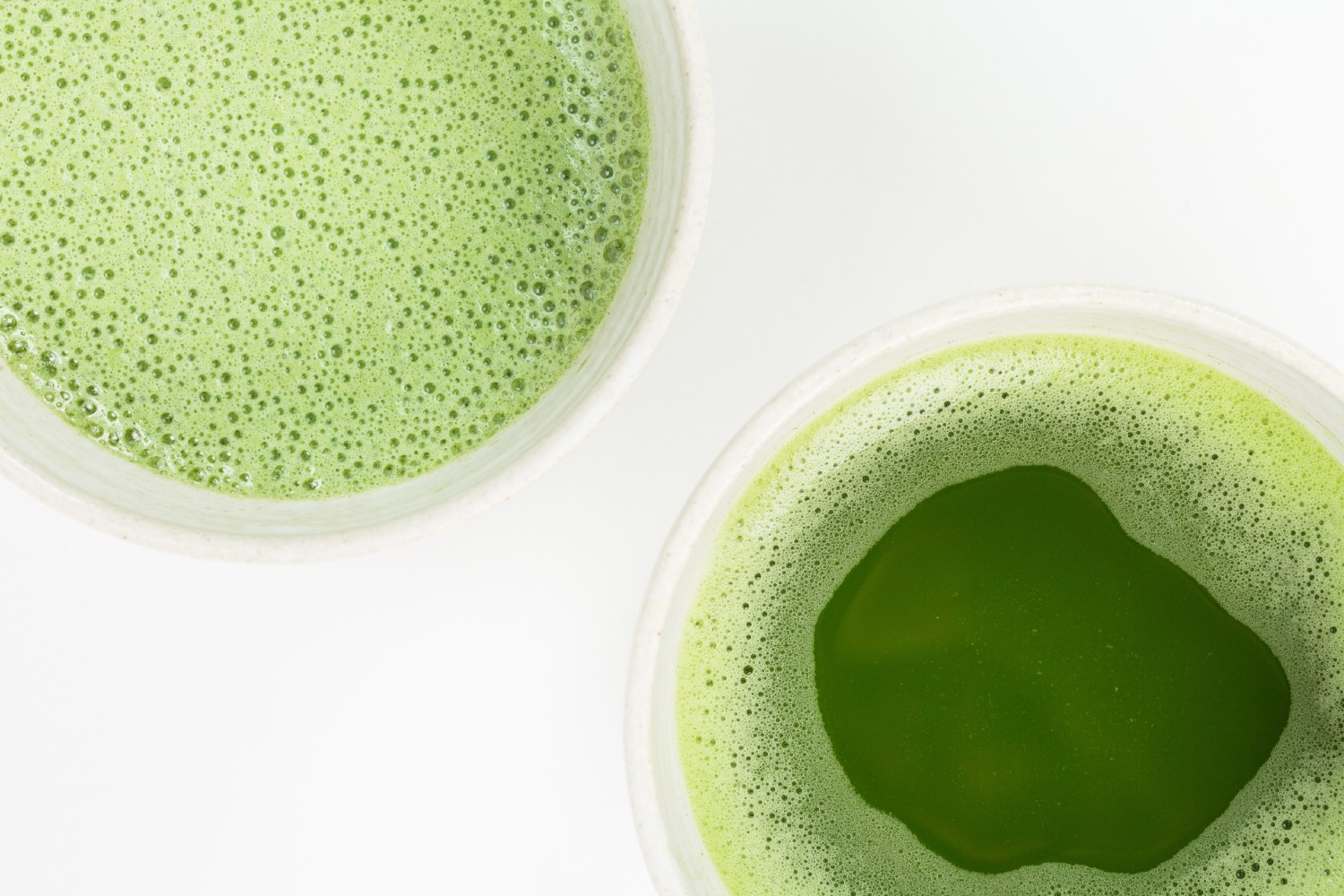The Mirena Intra Uterine Device (IUD) is a small, T-shaped device inserted into the uterus that releases a low dose of the hormone levonorgestrel, offering long-term, highly effective birth control. While it’s lauded for its convenience and efficacy, there are also potential downsides to consider before making a decision, especially if you’re interested in a more holistic approach to your health.
Types of Intrauterine Device’s
It is important to know that there are two type of IUD’s and both are very different;
- the copper IUD (known under the brand name of Paragard),
- and the hormonal IUD (known under the brand name of Mirena).
The copper IUD, unlike the hormonal IUD, releases no hormones and works by creating a hostile environment for sperm within the uterus. This difference can lead to variations in side effects and menstrual experiences for individuals using each type of IUD. Also, it is important to know that the hormone secreted by the Mirena is synthetic progesterone.
Levonorgestrel: The Synthetic Progestin
Levonorgestrel, often shortened to LNG, is a synthetic progestin, meaning it’s a man-made hormone similar to the natural hormone progesterone produced by the body. While both have similar effects, they are not identical and have distinct differences in their properties and actions.
Here’s why levonorgestrel is not the same as natural progesterone:
Chemical structure: Levonorgestrel has a slightly different chemical structure than natural progesterone. This slight alteration affects its binding affinity to progesterone receptors, leading to different potencies and durations of action.
Metabolic pathway: Levonorgestrel is metabolized differently than natural progesterone, leading to a longer half-life and more potent progestational effects. This can result in side effects that may not be experienced with natural progesterone.
Effects on other hormones: Levonorgestrel has androgenic and anti-estrogenic properties, which can affect other hormones in the body. Natural progesterone, on the other hand, does not have these additional effects.
Impact on fertility: Levonorgestrel primarily functions to suppress ovulation, which is its main contraceptive action. Natural progesterone plays a more complex role in the menstrual cycle, including preparing the lining of the uterus for potential pregnancy.
Overall, levonorgestrel is a powerful synthetic progestin with different properties than natural progesterone. This highlights the importance of understanding the specific effects of any hormone before making decisions about its use.
Here are some additional points to consider:
- Levonorgestrel is commonly used in various hormonal contraceptives, including emergency contraceptives, birth control pills, and IUDs.
- The side effects of levonorgestrel can vary depending on the dosage and individual sensitivity. Some common side effects include irregular bleeding, mood changes, and acne.
- Choosing between levonorgestrel and natural progesterone-based options should be done in consultation with a healthcare professional who can consider your specific needs and health history. However, from research that I have seen – natural (also known as body identical progesterone) has a safer profile in the body with less side-effects when supplemented.
The Pro’s of Using the Mirena IUD
Highly effective: Mirena boasts a 99% success rate in preventing pregnancy, making it one of the most reliable contraceptive methods available.Image of Mirena IUD.
Long-lasting: You only need one insertion, which lasts for up to 7 years, offering peace of mind and freedom from daily pill-taking.
Reduced periods: Many users experience lighter or even absent periods, particularly after the first few months. This can be a significant benefit for women with heavy or painful periods.
Non-invasive: Unlike some other long-term birth control options, the Mirena IUD doesn’t involve surgery or require ongoing maintenance.
Reversible: Once removed, your fertility returns to normal without any long-term effects.
Cons:
Side effects: While not everyone experiences them, some common side effects include irregular bleeding, spotting, mood changes, acne, and breast tenderness.
Insertion discomfort: The insertion process can cause cramping and pain for some women, though it’s typically short-lived.
Increased risk of infection: There’s a small risk of infection during or after insertion, which can be mitigated by proper hygiene and healthcare professional protocols.
Doesn’t protect against STIs: The Mirena IUD only prevents pregnancy; it does not protect against sexually transmitted infections.Expulsion risk: In rare cases, the IUD can expel from the uterus, requiring removal and potentially a new insertion.
After doing a lot of research into the Mirena IUD, I believe there are several concerns about the Mirena IUD and its potential impact on your overall well-being. I share this information not to scare you, but to inform and help you make the right decision for you. Because unfortunately many doctors do not. And quite frankly women’s healthcare deserves better!
The Con’s of Using the Mirena IUD
Hormonal imbalances: The levonorgestrel released by the IUD can disrupt your natural hormone production, leading to issues like PMS, irregular periods, and mood swings. This device stops natural ovulatory cycles. When this happens, it stops the bodies natural production of the natural progesterone – the same progesterone that is so calming to the body when we produce it *typically* days 14 – 28 of our cycles.
Changes in libido: Some women experience reduced sex drive or difficulty achieving orgasm while using the Mirena IUD.
Nutrient depletion: Levonorgestrel can deplete your body of essential nutrients like zinc, magnesium, and B vitamins, which can contribute to fatigue, anxiety, and other health problems.Suppression of ovulation: Although advertised as “progesterone only,” the Mirena IUD actually suppresses ovulation in most women, which can have negative consequences for long-term reproductive health and bone density.
Impact on the gut microbiome: The IUD insertion process can disrupt the delicate balance of bacteria in your gut, leading to digestive issues and potentially contributing to inflammation throughout the body.
Masking underlying health problems: The Mirena IUD can mask symptoms of underlying hormonal imbalances or other health conditions, making it difficult to diagnose and address the root cause of your problems.
Ultimately, the decision to use the Mirena IUD is a personal one. Weighing the pros and cons carefully and considering your individual health and needs is crucial. Consulting with a holistic healthcare provider who understands your concerns and can offer personalized guidance is invaluable in making an informed decision about your reproductive health.
Non-Hormonal Options for Hormonal Disruption
It’s important to remember that you have options beyond hormonal birth control methods to manage hormonal disruption, such as:
Fertility awareness methods (FAM): These methods involve tracking your menstrual cycle and identifying your fertile window to avoid unwanted pregnancy. This is the most effective for managing hormonal disruption and preventing pregnancy. NB: The following suggestions will not prevent pregnancy and cannot naturally.
Dietary changes: Eating a healthy diet rich in fruits, vegetables, and whole grains can help to balance your hormones and improve your overall health.
Herbal remedies: Certain herbs, such as chasteberry and vitex, have been shown to be effective in regulating the menstrual cycle and improving hormonal imbalances.
Acupuncture and other holistic therapies: These therapies can help to reduce stress, improve sleep, and balance your hormones naturally. By taking a holistic approach to your health, you can make informed decisions about your reproductive health and well-being.
The Natural Choice: Copper IUD & FAM for a Drug-Free Future
For women seeking a reliable, non-hormonal contraceptive option, the copper IUD emerges as a powerful contender. Unlike its hormonal counterparts (the Mirena), it allows your body to experience its natural rhythm, free from the influence of synthetic progestin. The same benefits come from from the Fertility Awareness Method and this has a higher rate of success than the contraceptive pill.
This means no disruption to your natural hormone cycle, no artificial suppression of ovulation, and a chance to reconnect with your body’s innate wisdom. So, if you’re seeking a birth control solution that aligns with your holistic approach to health and well-being, the copper IUD may be the perfect answer. It offers long-lasting, highly effective protection while allowing you to embrace the natural flow of your femininity. However, I fully respect your choice to also use the hormonal IUD option, just be sure you have been given all the information to make a truly informed choice that you are happy with many years after.
Yours in good menstrual health, Amy Morris✌️



